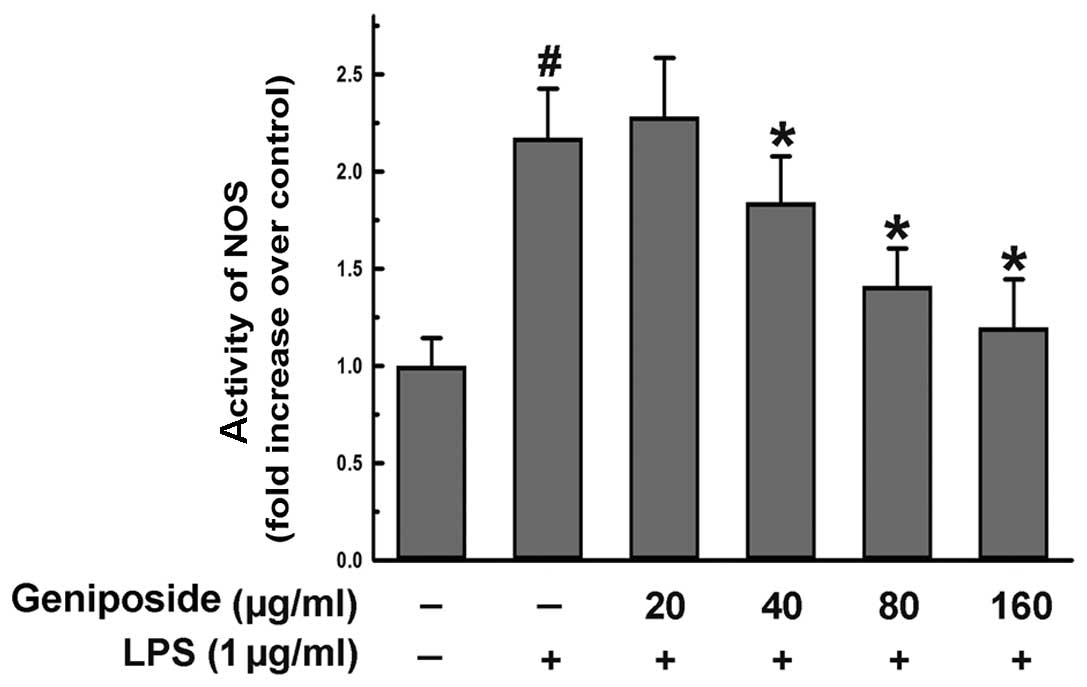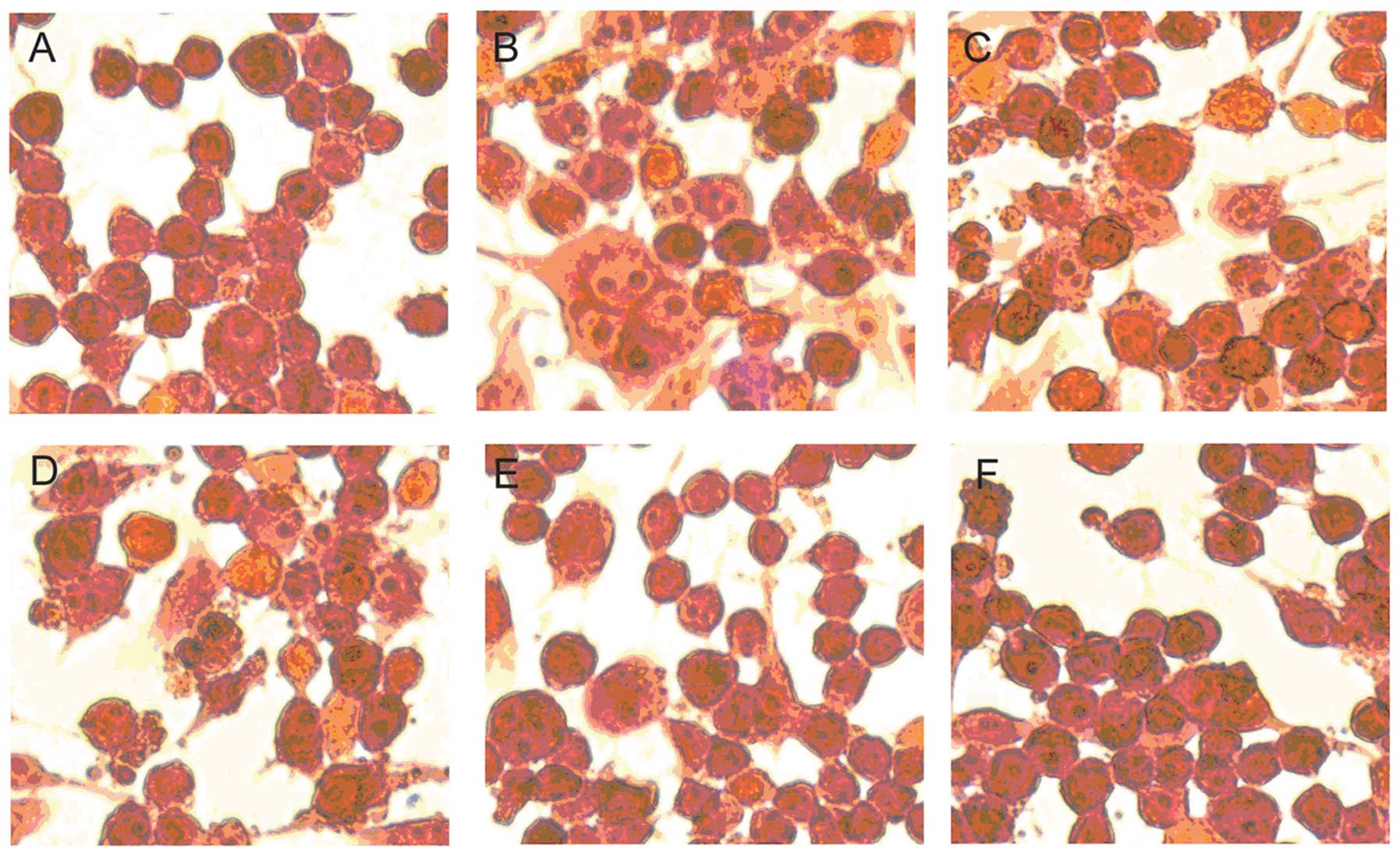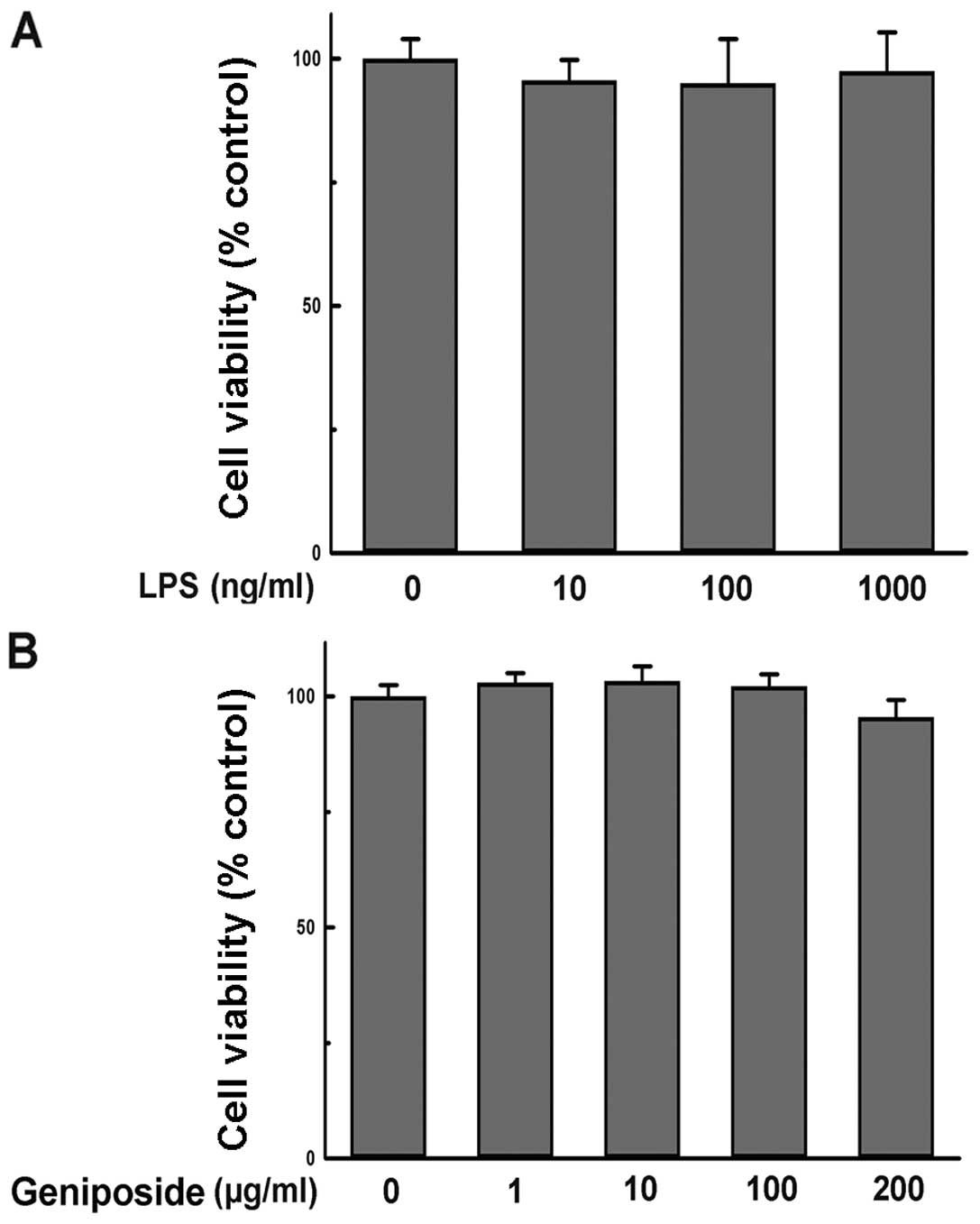|
1.
|
WF HickeyH KimuraPerivascular microglial
cells of the CNS are bone marrow derived and present antigen in
vivoScience239290292198810.1126/science.32760043276004
|
|
2.
|
RB RockG GekkerS HuRole of microglia in
central nervous system infectionsClin Microbiol
Rev17942964200410.1128/CMR.17.4.942-964.200415489356
|
|
3.
|
H WilmsL ZeccaP RosenstielInflammation in
Parkinson’s diseases and other neurodegenerative diseases: cause
and therapeutic implicationsCurr Pharm Des13192519282007
|
|
4.
|
J PalaceInflammation versus
neurodegeneration: consequences for treatmentJ Neurol
Sci2594649200710.1016/j.jns.2006.05.07217418237
|
|
5.
|
YS KimTH JohMicroglia, major player in the
brain inflammation: their roles in the pathogenesis of Parkinson’s
diseaseExp Mol Med38333347200616953112
|
|
6.
|
J RogersD MastroeniB
LeonardNeuroinflammation in Alzheimer’s disease and Parkinson’s
disease: are microglia pathogenic in either disorder?Int Rev
Neurobiol822352462007
|
|
7.
|
PL McGeerEG McGeerGlial reactions in
Parkinson’s diseaseMov Disord234744832008
|
|
8.
|
L QinY LiuT WangNADPH oxidase mediates
lipopolysaccharide-induced neurotoxicity and proinflammatory gene
expression in activated microgliaJ Biol
Chem27914151421200410.1074/jbc.M30765720014578353
|
|
9.
|
XL BiJY YangYX DongResveratrol inhibits
nitric oxide and TNF-alpha production by
lipopolysaccharide-activated microgliaInt
Immunopharmacol585193200515589480
|
|
10.
|
YM ZhuNS AzahriD YuPJ WollEffects of COX-2
inhibition on expression of vascular endothelial growth factor and
interleukin-8 in lung cancer cellsBMC
Cancer8218200810.1186/1471-2407-8-21818671849
|
|
11.
|
RN SahaK PahanRegulation of inducible
nitric oxide synthase gene in glial cellsAntioxid Redox
Signal8929947200610.1089/ars.2006.8.92916771683
|
|
12.
|
T AkaoK KobayashiM AburadaEnzymic studies
on the animal and intestinal bacterial metabolism of geniposideBiol
Pharm Bull1715731576199410.1248/bpb.17.15737735197
|
|
13.
|
SW WangCY LaiCJ WangInhibitory effect of
geniposide on aflatoxin B1-induced DNA repair synthesis in primary
cultured rat hepatocytesCancer
Lett65133137199210.1016/0304-3835(92)90157-Q1511417
|
|
14.
|
CH PengCN HuangSP HsuCJ WangPenta-acetyl
geniposide-induced apoptosis involving transcription of NGF/p75 via
MAPK-mediated AP-1 activation in C6 glioma
cellsToxicology238130139200710.1016/j.tox.2007.05.02917651887
|
|
15.
|
JH LiuF YinLX GuoXH DengYH
HuNeuroprotection of geniposide against hydrogen peroxide induced
PC12 cells injury: involvement of PI3 kinase signal pathwayActa
Pharmacol Sin30159165200910.1038/aps.2008.2519151742
|
|
16.
|
M YamazakiK ChibaNeurotrophic effects of
genipin on Neuro2a cellsJ Health
Sci51687692200510.1248/jhs.51.687
|
|
17.
|
KN NamYS ChoiHJ JungGenipin inhibits the
inflammatory response of rat brain microglial cellsInt
Immunopharmacol10493499201010.1016/j.intimp.2010.01.01120123040
|
|
18.
|
T MosmannRapid colorimetric assay for
cellular growth and survival: application to proliferation and
cytotoxicity assaysJ Immunol
Methods655563198310.1016/0022-1759(83)90303-46606682
|
|
19.
|
M LantornoH ChenJA KimGhrelin has novel
vascular actions that mimic PI 3-kinase-dependent actions of
insulin to stimulate production of NO from endothelial cellsAm J
Physiol Endocrinol
Metab292756764200710.1152/ajpendo.00570.200617106060
|
|
20.
|
L MarcocciJJ MaguireMT Droy-LefaixL
PackerThe nitric oxide-scavenging properties of Ginkgo biloba
extract EGb 761Biochem Biophys Res
Commun201748755199410.1006/bbrc.1994.17648003011
|
|
21.
|
F Gonzalez-ScaranoG BaltuchMicroglia as
mediators of inflammatory and degenerative diseasesAnnu Rev
Neurosci22219240199910.1146/annurev.neuro.22.1.21910202538
|
|
22.
|
G StollS JanderThe role of microglia and
macrophages in the pathophysiology of the CNSProg
Neurobiol58233247199910.1016/S0301-0082(98)00083-510341362
|
|
23.
|
GW KreutzbergMicroglia: a sensor for
pathological events in the CNSTrends
Neurosci19312318199610.1016/0166-2236(96)10049-78843599
|
|
24.
|
L MedaMA CassatellaGI SzendreiActivation
of microglial cells by β-amyloid protein and
IFN-γNature3746476501995
|
|
25.
|
B MayerK SchmidtP HumbertE
BöhmeBiosynthesis of endothelium-derived relaxing factor: a
cytosolic enzyme in porcine aortic endothelial cells
Ca2+-dependently converts L-arginine into an activator
of soluble guanylyl cyclaseBiochem Biophys Res
Commun164678685198910.1016/0006-291X(89)91513-12573351
|
|
26.
|
A Bal-PriceGC BrownInflammatory
neurodegeneration mediated by nitric oxide from activated
glia-inhibiting neuronal respiration, causing glutamate release and
excitotoxicityJ Neurosci21648064912001
|
|
27.
|
G ZalbaA FortunoG San JoseOxidative
stress, endothelial dysfunction and cerebrovascular
diseaseCerebrovasc Dis24Suppl 1S24S29200710.1159/000107376
|
|
28.
|
HW JungCH YoonKM ParkHexane fraction of
Zingiberis Rhizoma Crudus extract inhibits the production of
nitric oxide and proinflammatory cytokines in LPS-stimulated BV2
microglial cells via the NF-kappaB pathwayFood Chem
Toxicol47119011972009
|
|
29.
|
HL PahlActivators and target genes of
Rel/NF-κB transcription factorsOncogene18685368661999
|


















